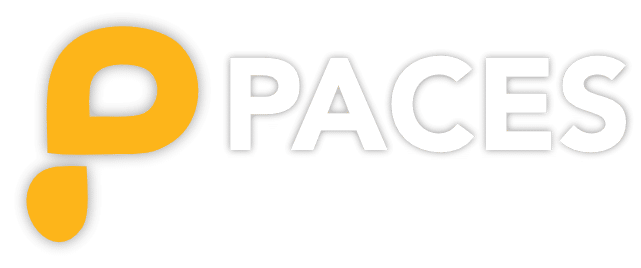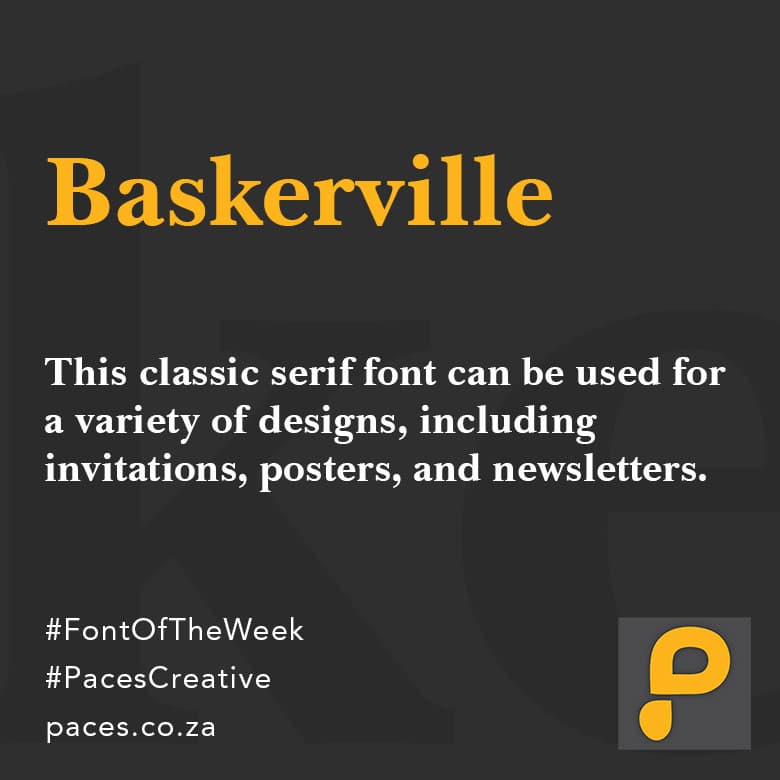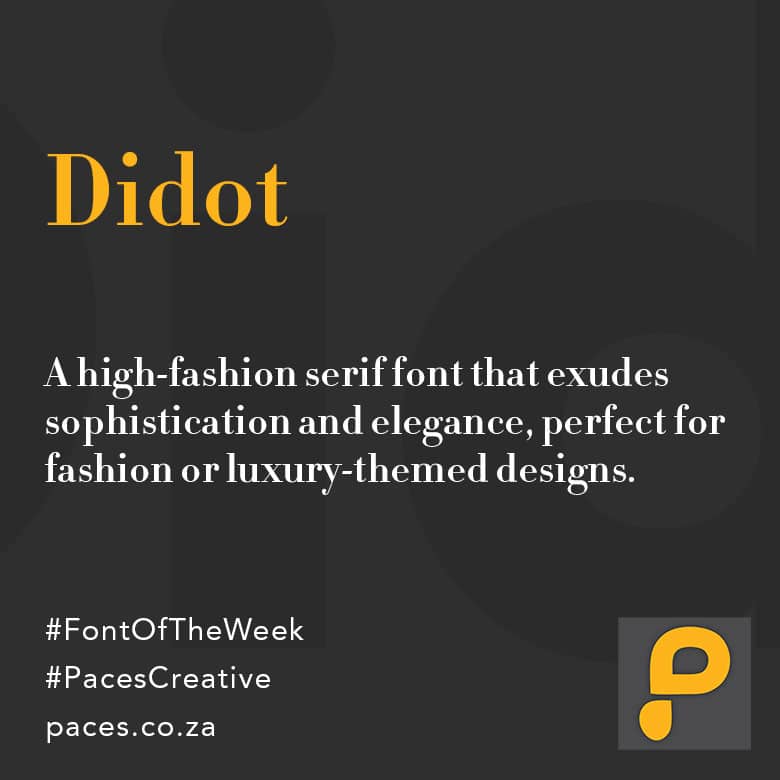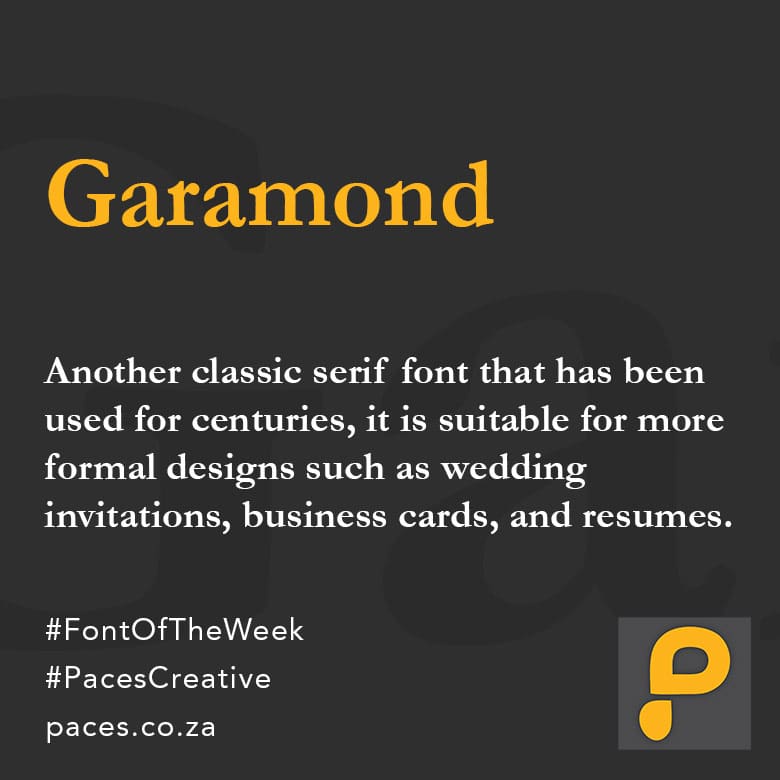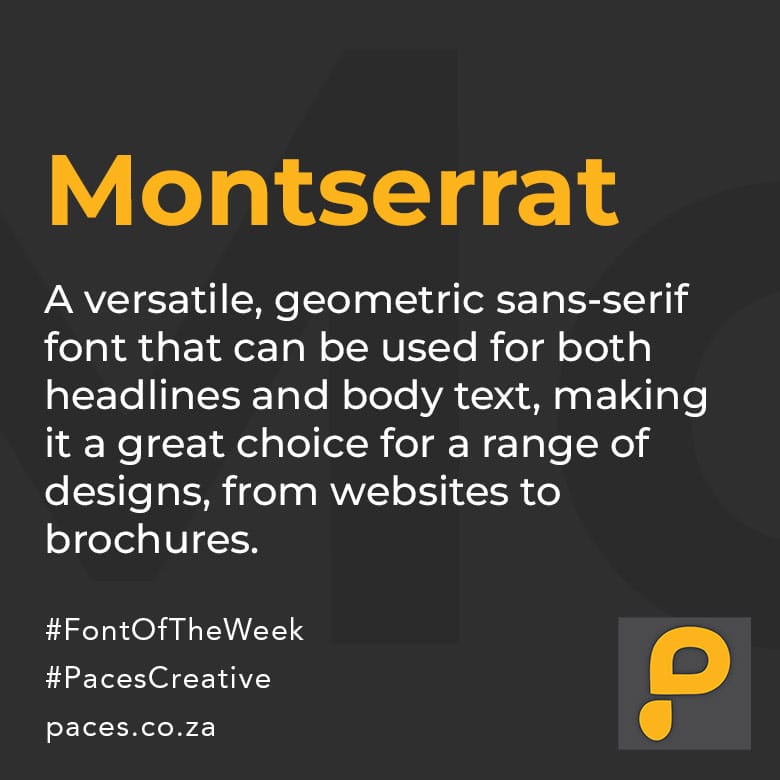Typography plays a significant role in our daily lives, influencing the way we communicate and interact with the world around us.
As a result, choosing the right font is essential to effectively convey a message, set the tone, and create a lasting impression.
With so many fonts available today, it can be challenging to know which one to choose. In this article, we will highlight five of the most eye-catching and versatile fonts of the week, providing you with the information you need to make an informed decision and take your typography to the next level. From modern and sleek to classic and elegant, these fonts are sure to add a touch of sophistication and flair to your next project.
Futura is a geometric sans-serif typeface designed by Paul Renner in 1927. It is characterized by its simple and clean lines, with circular forms and distinct geometric shapes. The design is based on simple geometric shapes, such as circles, triangles, and rectangles, and is often described as modern and futuristic.
Futura has a large x-height, which means that the lowercase letters are relatively large compared to the uppercase letters. The letters are also quite wide, giving the typeface a solid and stable appearance. Futura has no serifs, and the terminals of the letters are usually flat, which gives the typeface a very clean and modern look.
Futura is available in various weights, from light to bold, and is often used for headlines, logos, and branding. It has been widely used in graphic design, advertising, and architecture, and has become one of the most iconic typefaces of the 20th century.
Didot is a serif font that was created by French typographer Firmin Didot in the late 18th century. It is a classic, elegant typeface that is known for its thin and delicate strokes, high contrast between thick and thin lines, and vertical stress.
The Didot font family includes several weights, from light to bold, and is characterized by its modern, geometric design. The font features long thin serifs, high contrast, and a vertical stress that is achieved through the use of vertical hairlines and large x-heights.
Didot has been widely used in fashion magazines, luxury brand logos, and high-end design projects due to its clean, sophisticated look. It has also been used in editorial design, advertising, and branding applications, and is often paired with sans-serif fonts for contrast and emphasis.
